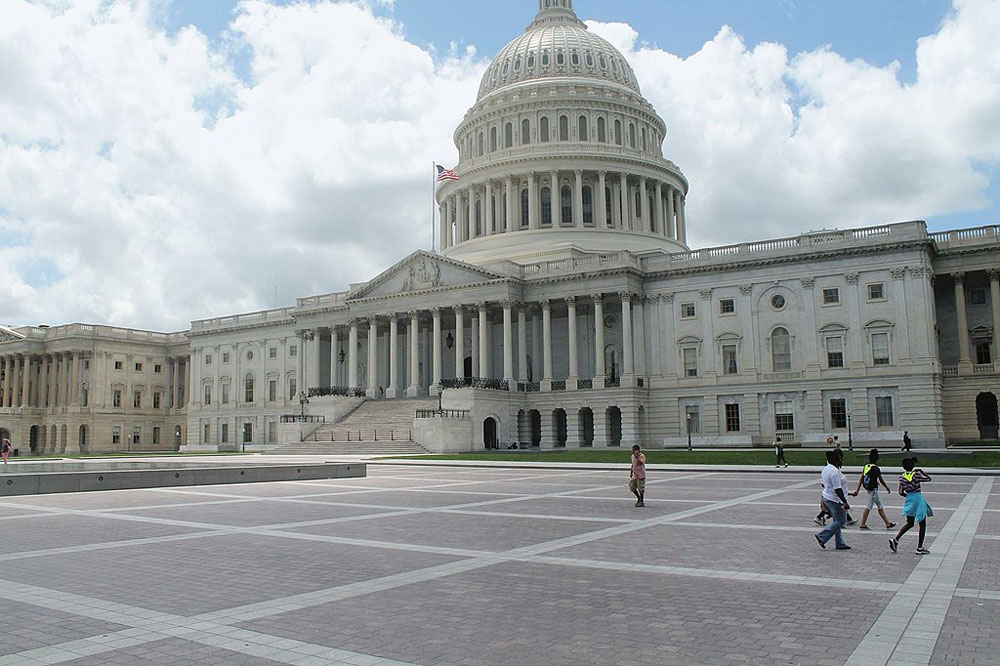July 8, 2011; Source: Wall Street Journal | This article by Terry Teachout of the Wall Street Journal asks whether the mission of New York City Opera has effectively expired aided by a few unfortunate business decisions. NYCO, whose tagline/mission has been – since 1943 when it was founded – “the people’s opera” recently faced protests by its chorus and orchestra when it announced it was taking its show on the road instead of performing as usual in its space in Lincoln Center. The “people’s opera” designation was an expression of the company’s intention to be accessible in price and style – forward thinking and imaginative in its offerings and a training ground for new talent. It was, naturally, not without competition in New York City where the Metropolitan Opera has been one of the city’s anchor cultural institutions since 1880, but until recently it was known as the more staid of the two.
But life and times change and unlike the NYCO, the Metropolitan Opera — along with most other arts institutions with a whit of sense — realized a number of years ago it had to update its offerings and its image and it started to nurture its own talent. It no longer depended upon NYCO to develop the likes of Placido Domingo and Beverly Sills. Still, despite its move to Lincoln Center in 1966, NYCO was still the edgy opera in town.
Then at the NYCO the misstep was made of cancelling an entire season (2008 – 2009) to allow renovations to occur and footing was lost. A plan to follow that up with a season of unpopular 20th century pieces made matters worse and things have been cascading since.
Sign up for our free newsletters
Subscribe to NPQ's newsletters to have our top stories delivered directly to your inbox.
By signing up, you agree to our privacy policy and terms of use, and to receive messages from NPQ and our partners.
Recent plans to leave the space in Lincoln Center and perform at various sites in Brooklyn and Manhattan have been met by protests by the chorus and orchestra who predict such a move would mean the permanent downfall of NYCO, but Terry Teachout of the WSJ suggests the problem may be in an expiration of need for the institution as unpalatable as that might be to those involved. He asks “Why Does New York Need Two Opera Companies?” Or it may be that the institution is trying to reduce unecessary fixed expenses in a business model that needs desperately to change and is, if act, trying to more closely to adhere to its mission?
Of course the answers to such questions are never simple and often the rationales for the existence of multiple institutions of the same general type are grounded in real diversity of need but Teachout raises some interesting questions in the article worth pondering.—Ruth McCambridge—Ruth McCambridge













